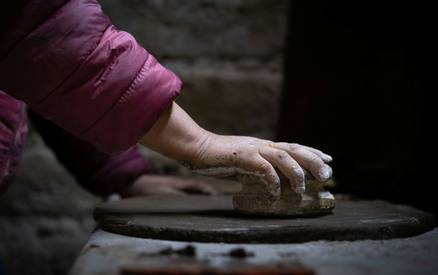Why Regular Stove Cleaning Matters
- Safety: Prevents chimney fires, gas leaks, and carbon monoxide build-up.
- Efficiency: Clean stoves burn fuel better—saving money and delivering more heat.
- Appearance: Regular cleaning keeps glass doors, exteriors, and hearth areas attractive.
- Longevity: Removes corrosive ash and soot that can damage components over time.
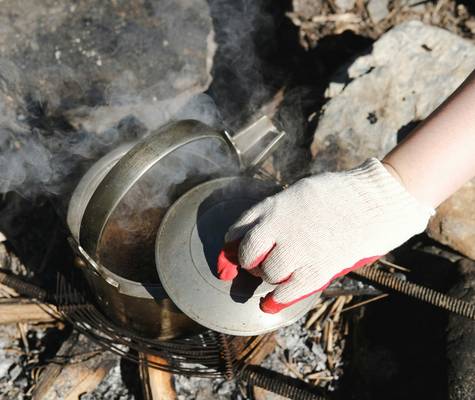
Introduction: The Importance of Proper Stove Cleaning
Keeping your wood, pellet, gas, electric, or coal stove clean is key to safe, efficient heating. Dirty stoves can cause poor performance, smoky operation, and even dangerous conditions like chimney fires or carbon monoxide leaks. This guide provides practical, expert-backed steps for cleaning every type of heating stove, along with tips on tools, schedules, and best practices. Whether you use your stove daily or occasionally, regular cleaning helps maintain optimal heat output, lowers fuel costs, prevents damage, and ensures your stove looks great year after year.
Stove Cleaning Tools & Supplies
- Stove or ash vacuum (for cold ash only—never use a household vacuum!)
- Stiff brush, scraper, or metal scoop
- Soft cloths, paper towels, and glass cleaner (stove-safe, non-ammonia)
- Bucket and mild soap solution for exterior surfaces
- Gloves (heat-resistant for ash removal)
- Chimney brush and rods (for venting/chimney maintenance)
- Mask and safety goggles (when cleaning ash or soot)
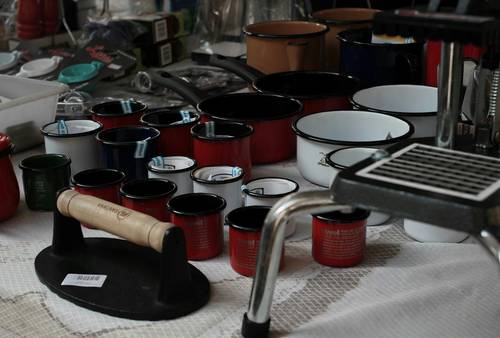
- Tip: Always use tools rated for stove cleaning. Never vacuum hot ash or embers.
- Dedicated stove vacuums have metal hoses and filters designed to handle fine particles and prevent fire risk.
How Often Should You Clean Your Stove?
- Wood & Pellet Stoves: Empty ash pans weekly or as needed. Clean glass and burn chamber every few days. Deep clean and inspect venting/chimney at least once per season.
- Gas Stoves: Wipe exteriors and glass monthly. Clean burner, logs, and vent annually (or as recommended).
- Electric Stoves: Dust exterior and intake/outlet grilles monthly. Wipe glass/LED panels as needed.
- Coal Stoves: Remove ash and clean grates daily or after each burn. Clean glass and venting regularly.
Tip: The more you use your stove, the more frequently it should be cleaned—especially during heavy heating seasons.

Wood Stove Cleaning: Detailed Step-by-Step Guide
- Allow Stove to Cool: Never clean while hot or with live embers. Wait until all parts are cool to the touch.
- Remove Ashes: Open the door, use a metal scoop or ash shovel to gently transfer cooled ash into a metal container. Always store ash outdoors, away from combustibles.
- Vacuum and Sweep: Use a dedicated ash vacuum or brush to clean residual ash and debris from the firebox, ash pan, and surrounding areas.
- Clean Glass Door: Spray with stove glass cleaner or use a damp cloth dipped in fine ash for abrasive cleaning. Avoid ammonia-based products. Wipe dry with a soft cloth.
- Scrub the Firebox: Use a stiff brush or scraper to remove soot and creosote buildup on firebricks, baffles, and corners. Inspect firebricks for cracks or wear.
- Check Air Inlets: Make sure primary and secondary air passages are clear of ash and blockages for proper combustion and efficiency.
- Inspect & Sweep Chimney: At least once per year, detach the stovepipe (if applicable) and use a chimney brush to remove creosote buildup. Consider a professional sweep for hard-to-reach areas.
- Wipe Exterior: Use a damp cloth and mild soap to clean the stove’s exterior and hearth area. Avoid abrasive pads that could scratch painted or enameled surfaces.
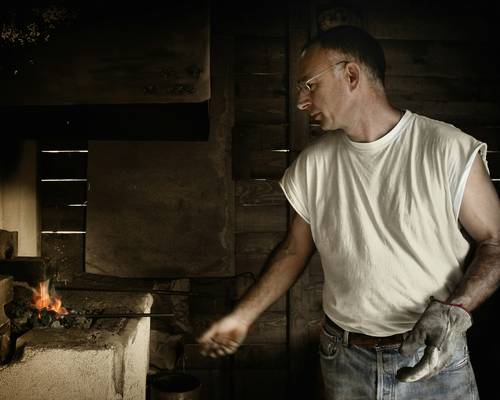
- Schedule: Ash removal: every few days to weekly. Deep clean: monthly to seasonally. Chimney sweep: annually or more with heavy use.
- Common issue: Stubborn black glass? Burn hotter fires, use only dry hardwood, and clean glass more frequently.
Pellet Stove Cleaning: Deep Cleaning & Maintenance
- Turn Off & Unplug: Always disconnect the stove from power before cleaning.
- Empty Burn Pot: Remove unburned pellets, ash, and clinkers (hardened ash chunks) from the burn pot daily or as needed. Use a scraper or brush for stubborn buildup.
- Vacuum Ash: Use an ash vacuum to clean the ash pan, burn chamber, and behind baffles. Clean all corners and crevices where ash may collect.
- Clean Glass: Wipe with a stove-safe cleaner or use a damp cloth with fine ash for tough soot stains. Avoid abrasive pads that may scratch.
- Fans & Vents: Remove intake and exhaust fan covers monthly. Vacuum dust and debris from fan blades and vent pipes. Inspect venting for obstructions or leaks.
- Lubricate Moving Parts: As per manufacturer’s instructions, lubricate auger, motor bearings, and feeder mechanisms annually.
- Clean Sensors & Electronics: Use a dry brush or compressed air to gently dust off temperature sensors, vacuum switches, and circuit boards. Do not use water.
- Annual Deep Clean: Remove interior baffles, clean heat exchangers, and inspect all gaskets and seals. Replace worn parts as needed.

- Schedule: Burn pot: daily. Ash pan: weekly. Fans/vents: monthly. Deep clean: annually.
- Common issue: Clogged burn pot? Use premium dry pellets and clean more often, especially in humid climates.
Gas Stove Cleaning: Step-by-Step & Safety
- Turn Off Gas Supply: Ensure the stove is completely off and the gas valve is closed before cleaning.
- Wipe Exterior & Glass: Use a soft, damp cloth and non-abrasive, non-ammonia cleaner. Dry thoroughly to avoid streaks.
- Clean Burner & Logs: Remove ceramic logs and gently brush away dust, spider webs, or soot. Clean burner ports with a soft brush or compressed air—never soak or use harsh chemicals.
- Inspect & Clean Vents: Check direct vent or chimney for blockages, bird nests, or debris. Use a vent brush or call a professional if needed.
- Check Air Intakes: Ensure nothing blocks the air inlets or pilot assembly. Clear out dust or pet hair.
- Test Detectors: After cleaning, test carbon monoxide and smoke detectors near the stove.
- Professional Inspection: Schedule annual service by a certified technician to check for gas leaks, ignition problems, and venting issues.
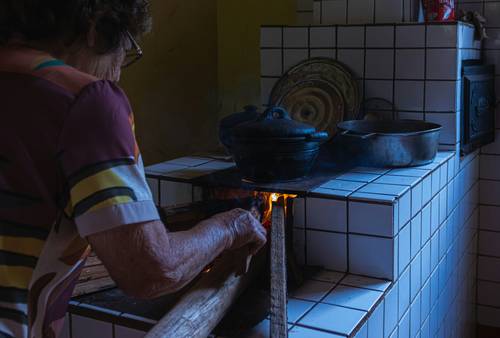
- Schedule: Glass/exterior: monthly. Burner/logs: annually. Vents: annually or as needed.
- Common issue: Soot on logs/glass? Check for blocked burner ports or improper air/fuel mix—call a pro if unsure.
Electric Stove Cleaning: Easy, Safe, and Low Maintenance
- Unplug the Unit: Always remove the plug from the outlet before cleaning or moving the stove.
- Wipe Exterior: Use a soft, damp cloth. Avoid abrasive cleaners or soaking any part of the stove.
- Dust Intake/Outlet Grilles: Use a vacuum with brush attachment or a soft brush to remove lint and dust monthly.
- Clean Glass/LED Panel: Wipe gently with a non-abrasive cloth and glass-safe cleaner. Never spray cleaner directly on controls or electrical components.
- Check for Blockages: Ensure no objects or dust obstruct air flow or vents.
- Test Safety Features: If equipped with tip-over or overheat protection, test these functions periodically.
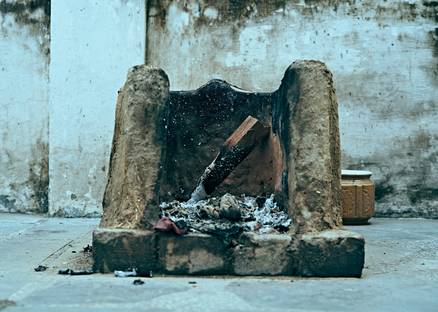
- Schedule: Dust grilles monthly. Wipe glass/panels as needed.
- Common issue: Weak heat? Clean dust from all vents and check your circuit for proper voltage.
Coal Stove Cleaning: Handling Corrosive Ash Safely
- Let Ash Cool Completely: Coal ash retains heat for hours or even days. Wait for total cooling to prevent fires or burns.
- Shake Grates: Use the stove’s mechanism to remove ash from the fuel bed into the ash pan before each refueling.
- Remove Ashes: Scoop ash into a metal container with a tight-fitting lid. Store on a non-combustible surface, outdoors.
- Clean Firebox & Door Glass: Brush or scrape soot, and use a stove-safe cleaner for glass.
- Inspect & Clean Vents/Chimney: Coal stoves produce highly corrosive residues—clean venting and chimney regularly to prevent blockages and corrosion.
- Lubricate Moving Parts: Stoker models require periodic lubrication of feeders and mechanical parts.
- Check Gaskets & Seals: Inspect for air leaks around doors and replace as needed.
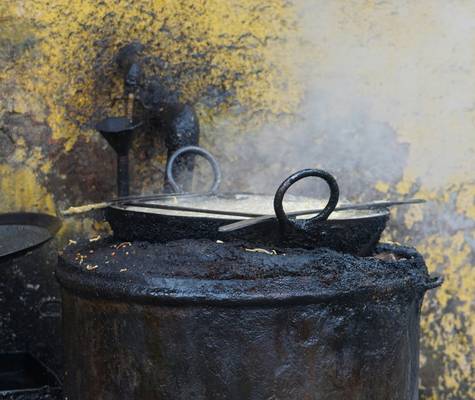
- Schedule: Ash/grate: daily or each burn. Glass/vents: weekly to monthly. Chimney: at least yearly, more if heavy use.
- Common issue: Ash pan corrosion? Empty ash promptly and never leave in the stove for long periods.
Stove Glass Cleaning: Tips for a Crystal Clear View
- Clean glass only when fully cooled to prevent cracking from thermal shock.
- Use soft, non-abrasive cloths and stove glass cleaner—avoid ammonia products.
- For stubborn soot, use a damp cloth dipped in ash to gently scrub, then wipe clean.
- Never use metal scrapers or razor blades—these can scratch the glass.
Advanced Stove Cleaning: Dealing with Tough Build-Up & Odors
- Creosote Removal: For wood/pellet stoves, use a rotary chimney brush or chemical creosote remover for stubborn deposits. Persistent buildup may require professional service.
- Internal Baffle Cleaning: Remove baffles or heat exchangers (per manual) and scrub with a stiff brush. Wear a mask—buildup can be hazardous.
- Odor Elimination: Clean all surfaces, remove old ash, and burn at higher temps for several hours to dissipate musty smells. For gas/coal stoves, check for vent blockages and clean thoroughly.
- Electronic Component Cleaning: For pellet/electric stoves, use compressed air to gently dust circuit boards and fans—never use liquids or harsh chemicals.
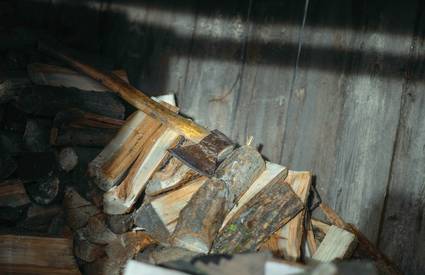
Downloadable Cleaning Checklists & Logs
- Wood Stove Cleaning Checklist
- Pellet Stove Cleaning Checklist
- Gas Stove Cleaning Checklist
- Electric Stove Cleaning Checklist
- Coal Stove Cleaning Checklist
Checklists are for reference only—always follow your manufacturer’s recommendations. For printable maintenance tracking logs, visit our Stove Maintenance Guide.
Safety Precautions When Cleaning Your Stove
- Always allow the stove and all ashes to fully cool before cleaning.
- Wear gloves and a dust mask when handling ash, soot, or cleaning chimney/vents.
- Never dispose of ashes in plastic, cardboard, or paper containers—always use metal with a tight lid.
- Store ash containers outdoors, away from flammable materials.
- If unsure or unable to access certain parts (like inside chimneys), hire a professional sweep or technician.
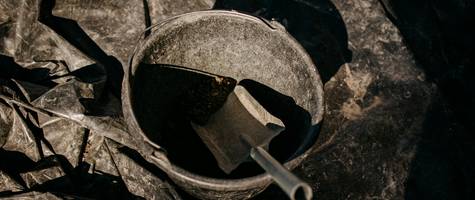 Stove Safety Tips
Stove Safety Tips
Wood Stove Cleaning FAQs
Pellet Stove Cleaning FAQs
Gas Stove Cleaning FAQs
Electric Stove Cleaning FAQs
Coal Stove Cleaning FAQs
Related Guides
Stove Maintenance Guide
Keep your stove running safely and efficiently with our full maintenance checklists and expert advice.
Maintenance GuideOperating a Heating Stove
Learn the right way to start, run, and shut down your stove for easy cleaning and maximum safety.
Operating GuideCommon Stove Issues
Troubleshoot common stove problems—many are easily prevented with proper cleaning routines.
Read Guide